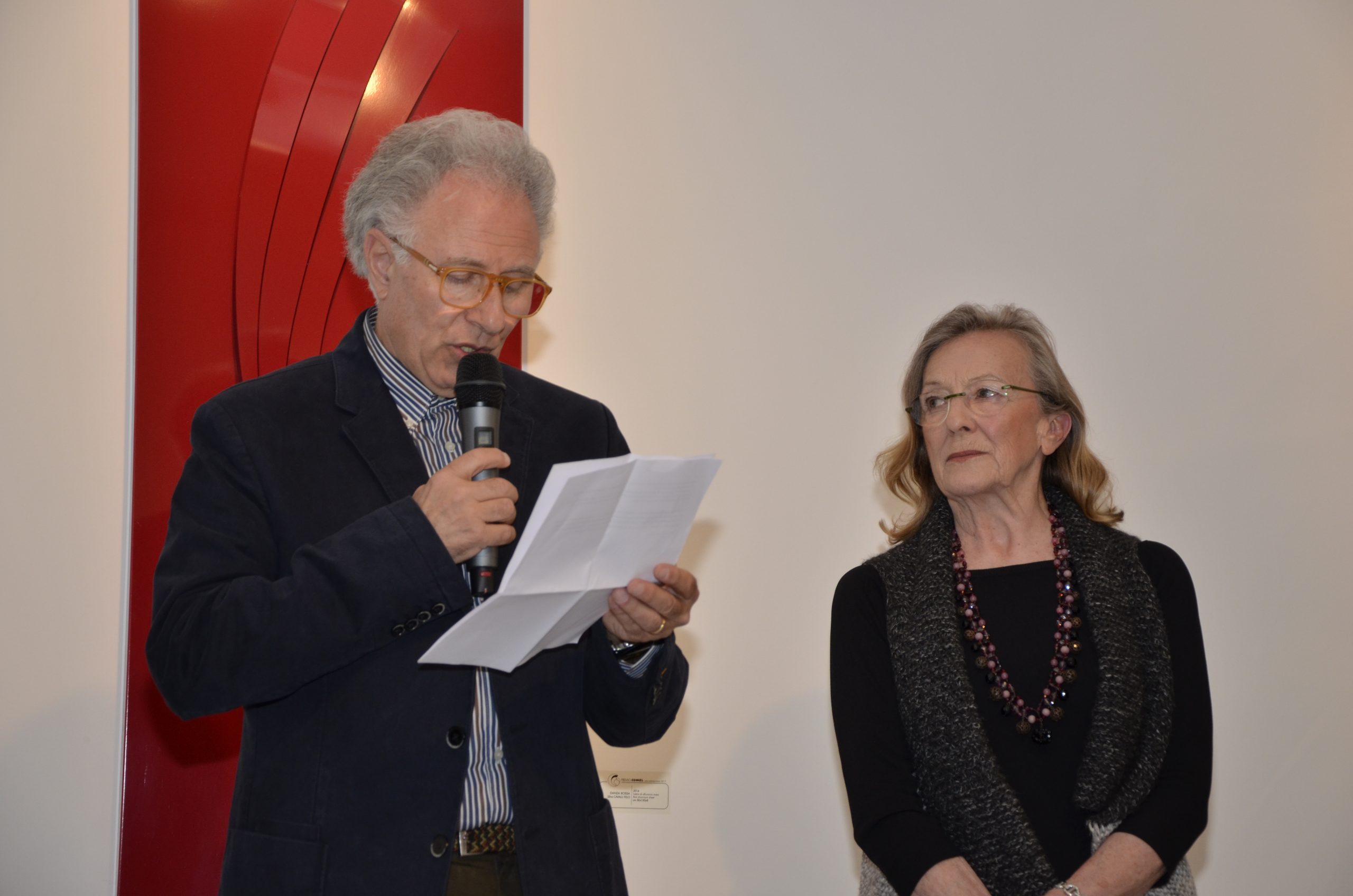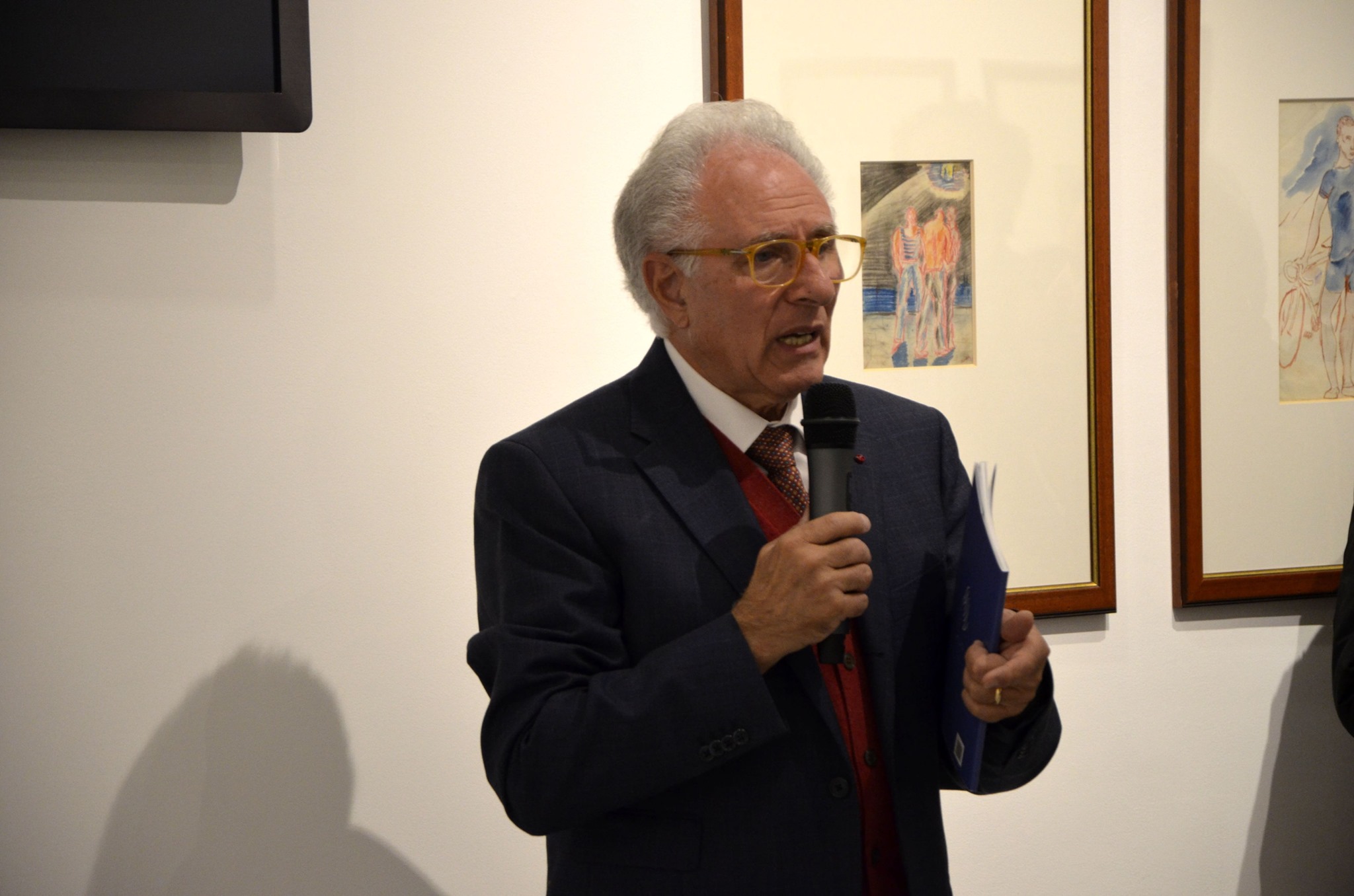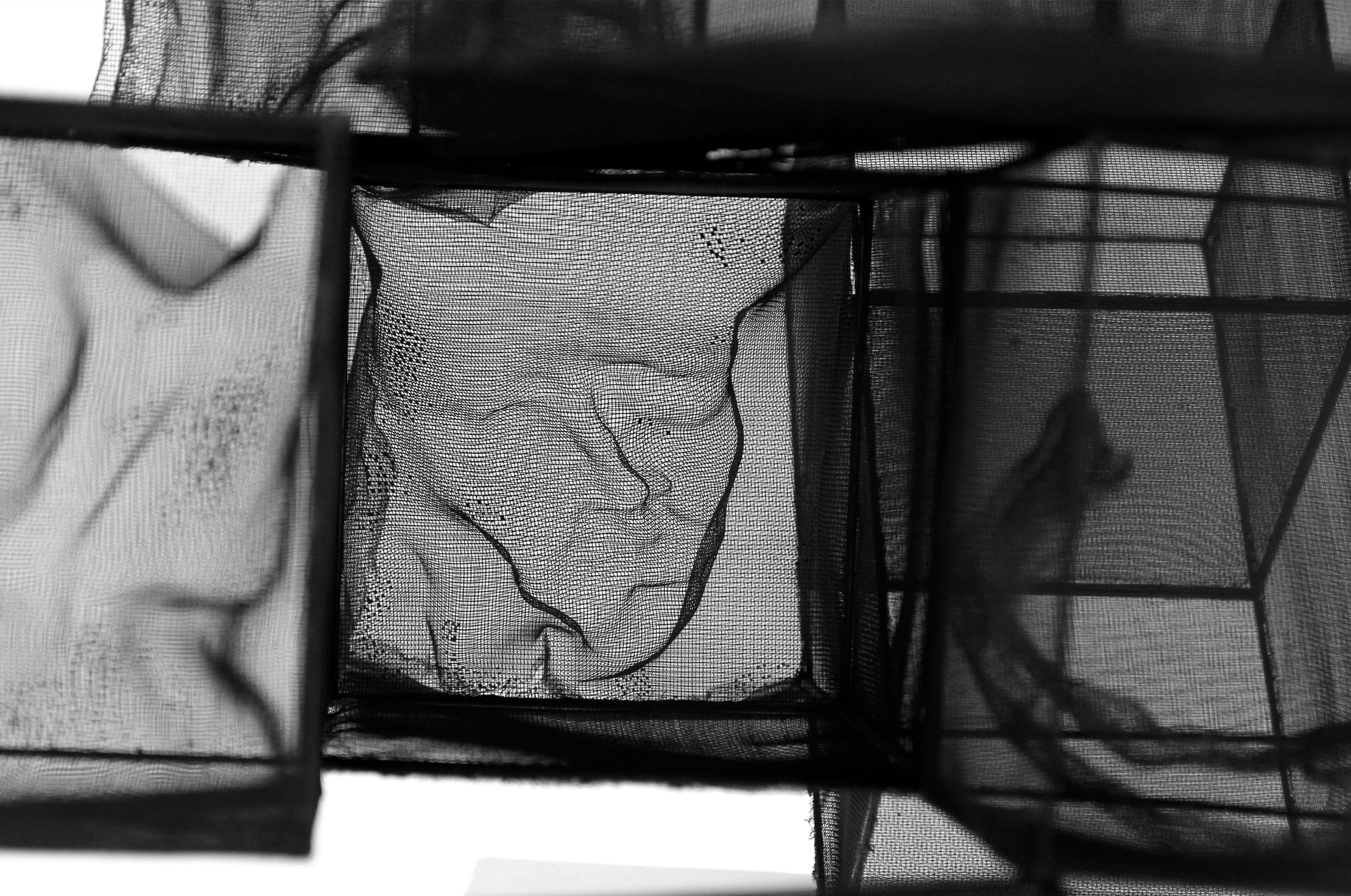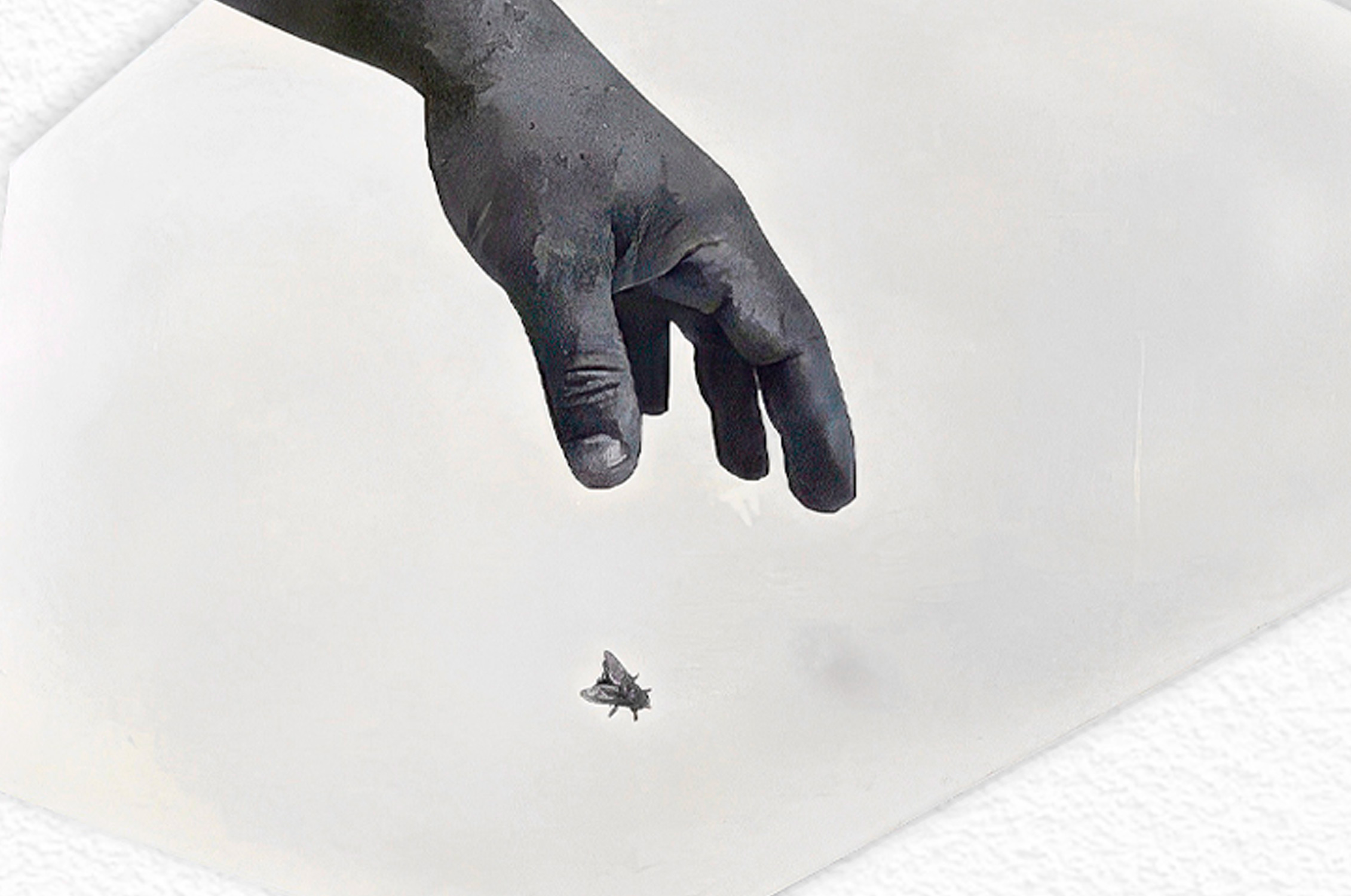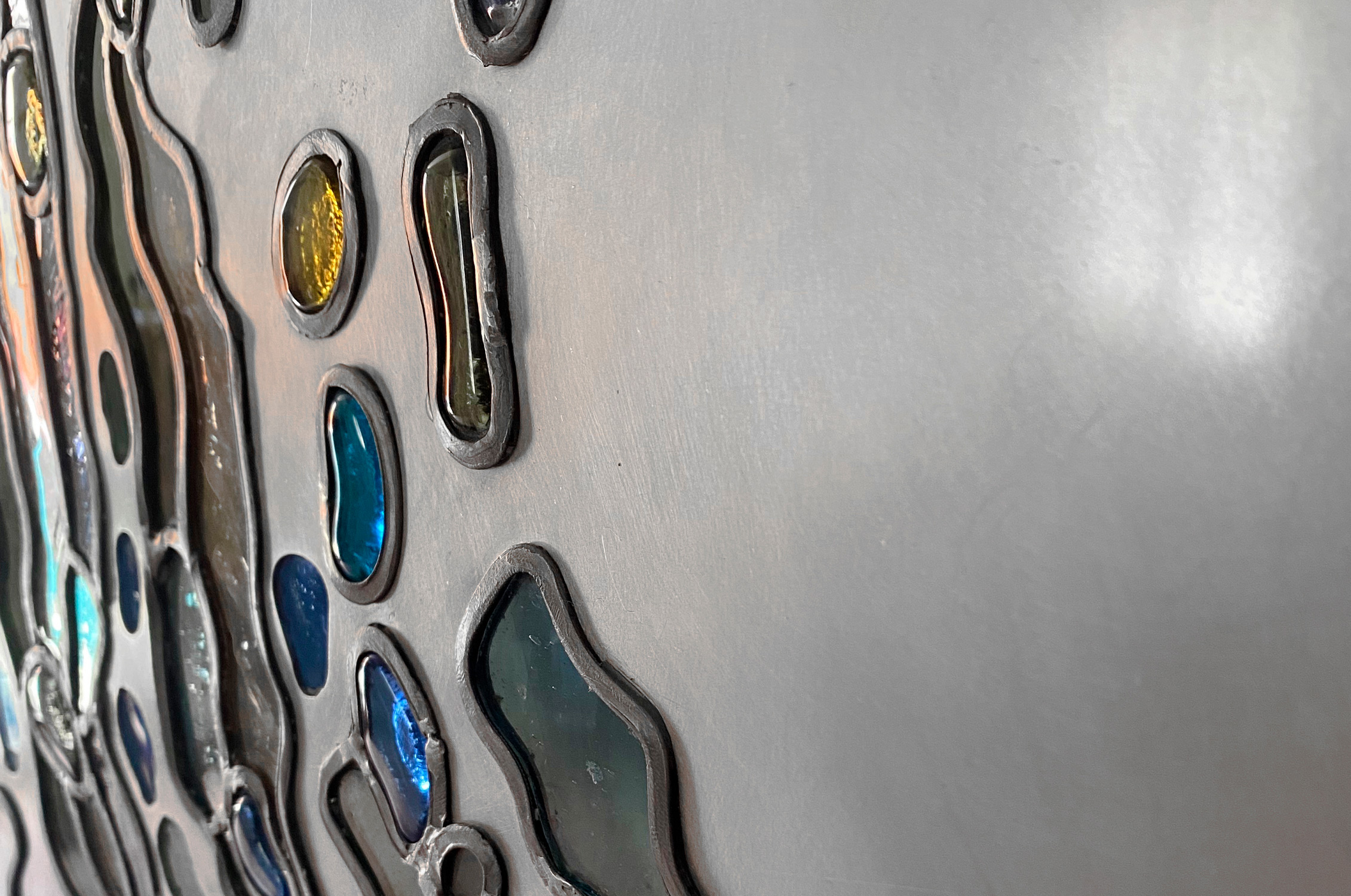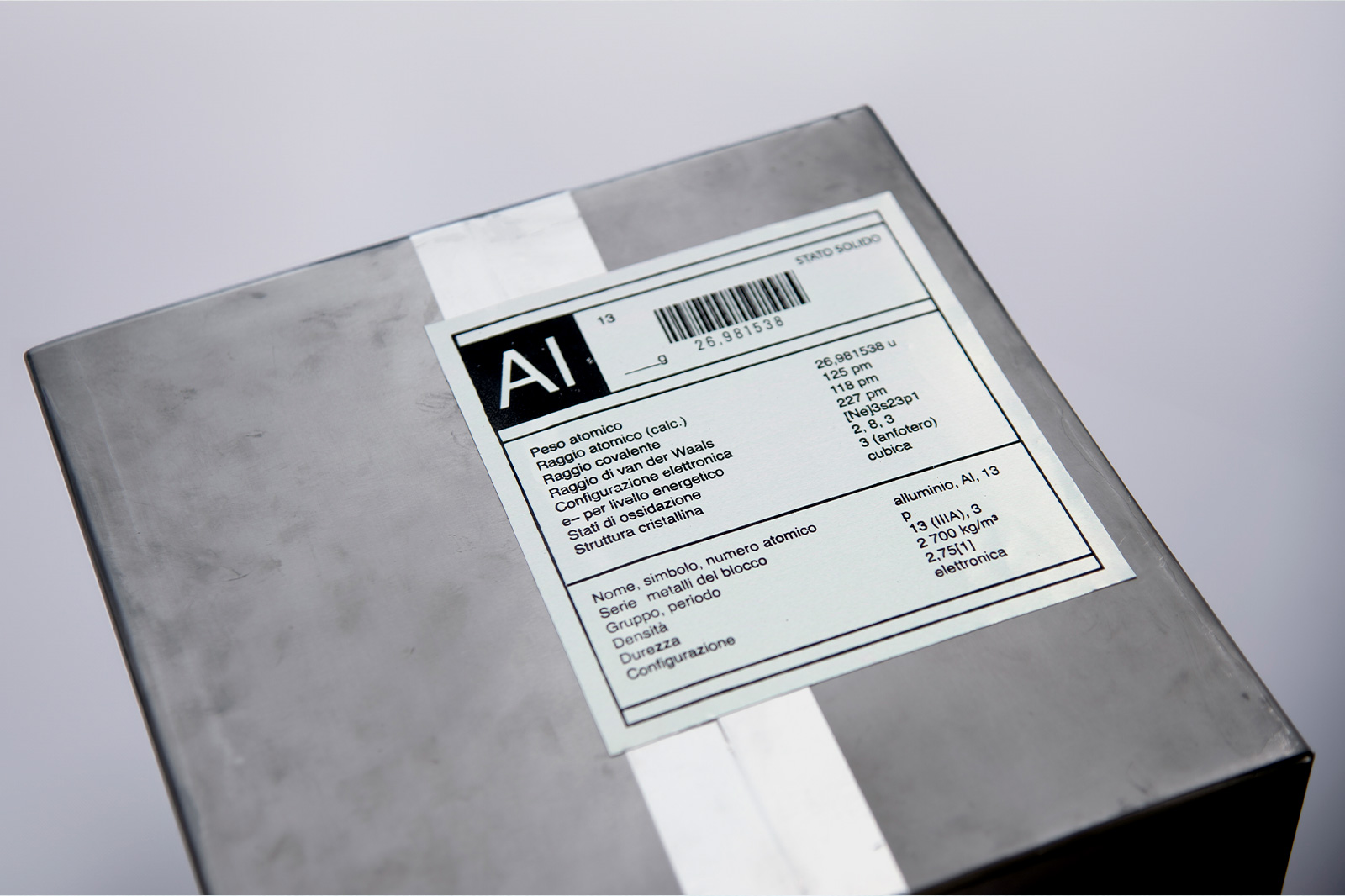COMEL AWARD VANNA MIGLIORIN 20-21
Interview to Giorgio Agnisola
by Ilaria Ferri
President of the jury since 2013, prof. Giorgio Agnisola is a real mentor for the organization of the COMEL Award. A prominent personality in the world of criticism, in the academic and cultural world, who saw the birth and growth of the award, he has embraced its objectives and settings dedicated to the promotion of contemporary art and artists, free from any market interest.
In his critical writings he recognized in the path of many great artists a propensity towards the Beyond, not necessarily in a religious sense, rather a reflection that attempts to answer basic questions, to give voice to the spiritual side of each of us, which grasps the essence beyond the form. In your opinion, is art a precious tool to tell something that cannot be defined in words?
Undoubtedly. By its nature, art is also a way into the invisible. It is a native inborn ability of man, an attitude, as well as an experience, a tradition and a profession. When an artist expresses himself, he tends to represent and signify a complex of intuitions, emotions, ideas, imaginative drives and he doesn’t really know where they come from. He feels the need to express himself and does so by translating that internal feeling into form, colours, architecture, action and so on. In this production there is his world: his visible and invisible dimensions. However, we must not forget that art is still a doing, a form of production. The work in general – I am referring in particular to the visual arts – is an artifact that can be seen and touched, it has its own physicality. Here we find the beauty of art, which enters the sphere of the visible universe , moving from a mysterious origin and becoming something that belongs to the world, something entering the physical and material experience of man.
Prof. Agnisola awards Silva Cavalli Felci, winner of the fourth edition of the COMEL Award
You recently edited a collection of contributions from the conference “Art and dialogue in the Mediterranean”, held in Naples in 2019 and published by Il Pozzo di Giacobbe. The various interventions underlined the power of Art and Culture when they become tools for dialogue between different people, means used to bring them closer together, to create a supportive and inclusive society, despite the differences in habits, languages, traditions and cultures. Since its first edition, the COMEL Award has also carried forward these values, this desire to create the opportunity to meet, further reaffirmed this year with the “Aluminium Bonds” edition. In your opinion, is it a distinctive trait of those with a passion for Art and Beauty or is it a process that culture gradually triggers as a pleasant and beneficial “side effect”?
By its nature, art is open to dialogue, because it draws on man’s natural drives, as I said, on his need to express himself and communicate. Ab origine it overcomes ideological barriers, political conflicts, social barriers. If this sometimes does not happen, it is just because art is exploited, it becomes, thanks to its engaging language, an opportunity for persuasion, and as it often happened in history, it was engaged by politics and power. Even though it often happens that the value of the work, if authentic, still ends up transcending its exploited use. Art, in its nature, even if functional, even if applied, must be a free, true, open expression.
It means it can be the place where man recognizes himself in his humanity, intercepting the signs of an anthropological truth that unites men of different races, classes, and societies. Coming to the COMEL Award, it was also born with an intention of openness, of connection, of sharing, following the approach that its founders gave to the initiative, beyond the logic of the market, in the sign of a cultivated linguistic experimentation in the use of a particular material. This places the prize on a level of absolute cultural value.
Your relationship with the COMEL Award has been stable for seven editions, what did strike you at the beginning? How has this competition, which has now become international, grown and changed in your opinion?
For the reasons I just mentioned, I believed in the prize from the very beginning. I felt this sense of inspirational clarity that animates the initiative. The award was also born out of a devoted homage to an entrepreneur who loved art, on the wave of strong feelings, and I like to remember that not only Mrs Migliorin, but also her recently deceased husband, accompanied in a silent way her spiritual journey, with his technical-inventive vein, which is a precise form of art, and which I have always admired. Therefore, it was natural for me to adhere to these ideals and give my contribution. The credit goes to the promoters, Gabriella and Adriano Mazzola, with whom I feel an ideal and practical consonance. After all, the award was also the result of teamwork. I also like to remember all the ones who, for a short or extended period of time, collaborated with the award. What I hope is that the original thrust will never be betrayed, that authenticity that makes COMEL an award in my opinion rare in the world of art.
Aligi Sassu retrospective at Spazio COMEL, November 23, 2019
In recent years, in addition to the participants of the COMEL Award, in your career as a critic and scholar, you have undoubtedly met several artists who use aluminium. Have you ever had the impression that the characteristics of a material can affect the creativity of an artist? or vice versa, does the artist decide to use a specific material because its characteristics will be essential to achieve the desired result?
I have always emphasized the specificity of the proposed material: aluminium has a real creative opportunity. Which implicitly underlines how each material can have, so to speak, its own expressiveness if crossed by the artist’s intuition. This also helps to understand how making art implies knowing the working tools, enhancing the means that are used, cultivating skills, technologies, techniques. Aluminium helps all of this, thanks to its particular physical and chemical properties that the award, edition after edition, has underlined with an enlightened intuition.

